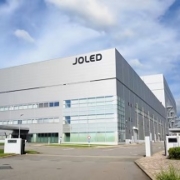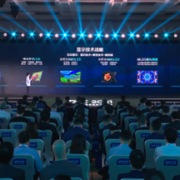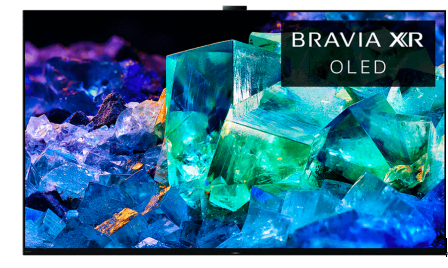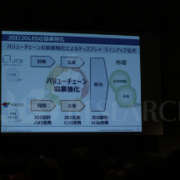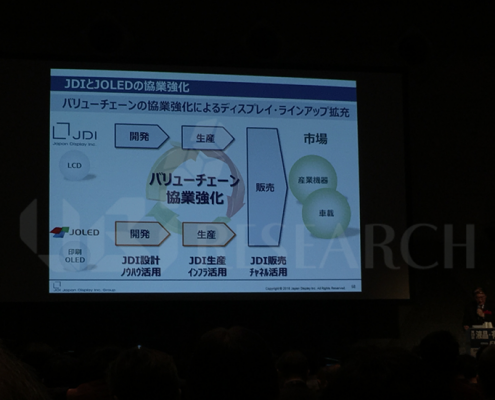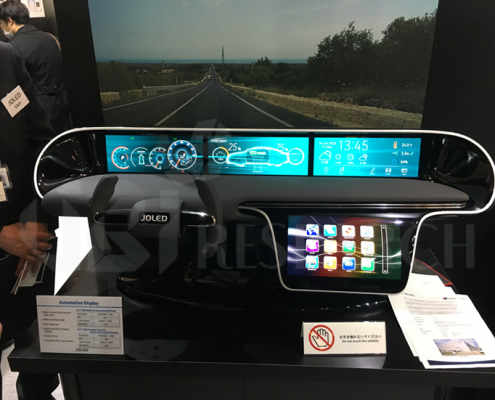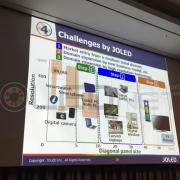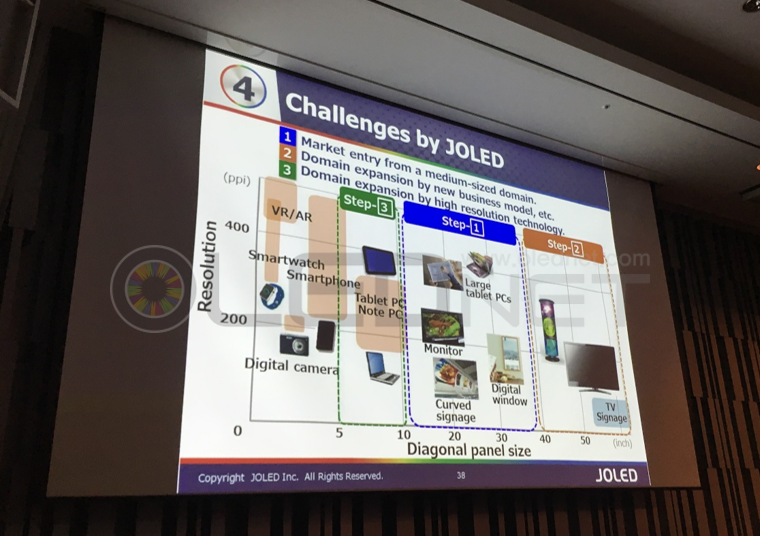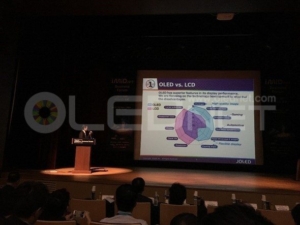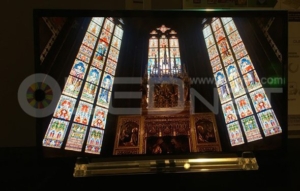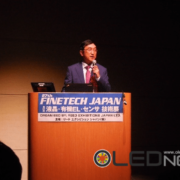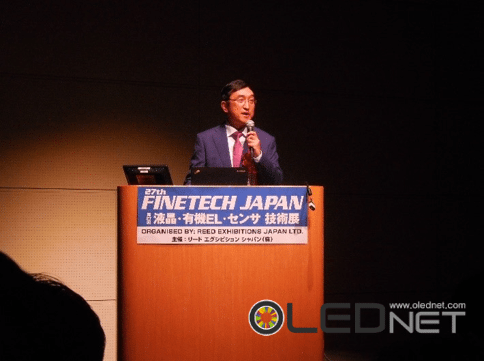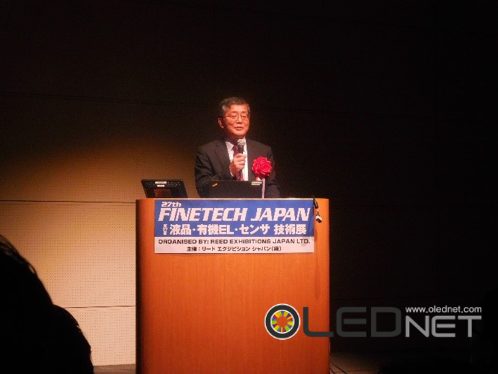JOLED filed for civil rehabilitation due to financing problems, withdraws from OLED business
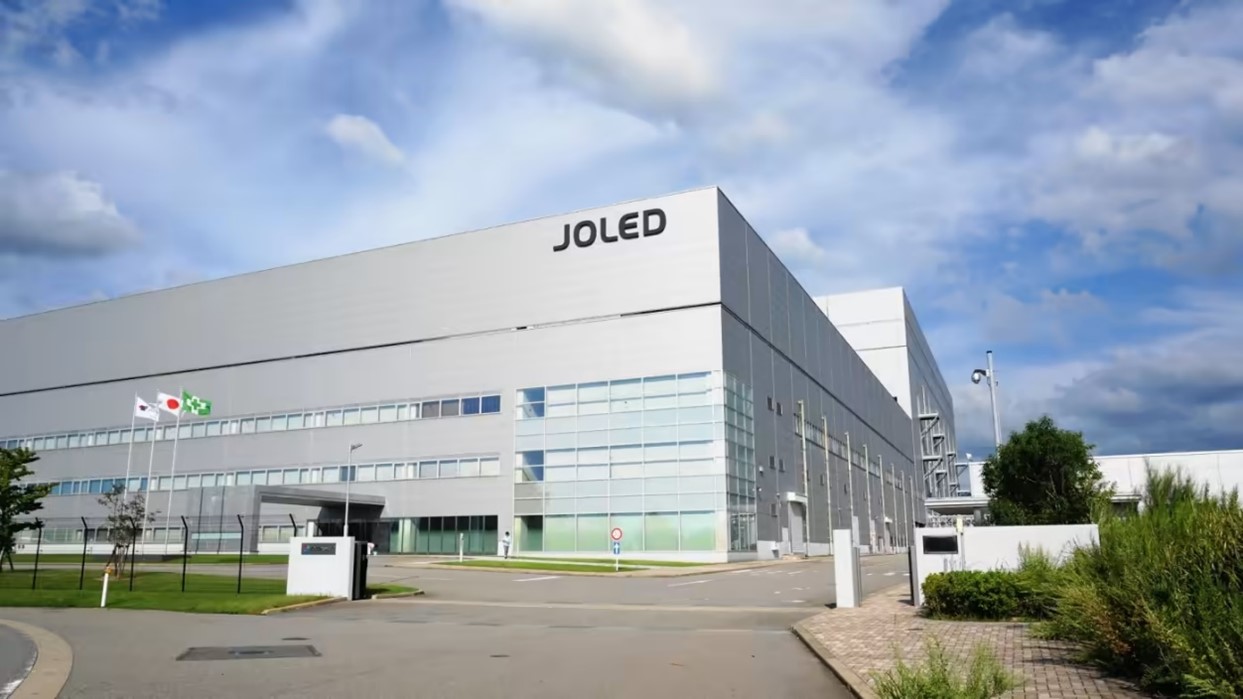
JOLED
JOLED filed for civil rehabilitation with the Tokyo District Court due to financing problems. As JOLED withdraws from the OLED business, it will close two factories in Japan and lay off about 280 employees. JOLED’s total debt is $257 million.
JOLED was born in 2015 by merging the OLED business units of Panasonic and Sony with the goal of accelerating the development and commercialization of mass production of OLED displays. However, due to a global semiconductor supply shortage, weak display demand, and extreme price competition, JOLED’s situation worsened and profitability was sluggish, so it filed for civil rehabilitation.
JOLED entered into an agreement with JDI(Japan Display Inc.) to support the revitalization of its technology development business at the same time as filing for bankruptcy. JDI said it has agreed to acquire JOLED’s technology development team and intellectual property, which consists of approximately 100 employees, to expand and accelerate its growth.
JOLED raised funds by receiving investments from companies such as Denso, Toyota and Sumitomo Chemical in 2018, and entered into a capital partnership with TCL CSOT in 2020. However, JOLED’s liabilities exceeded its assets in March 2022, with its production lines closed until the spring of 2021 due to the impact of the coronavirus, and continuing losses due to a global chip shortage. JOLED, which can only produce mid-sized OLED panels, has been hit hard by the corona as it is unable to capitalize on growing demand in other sectors.


